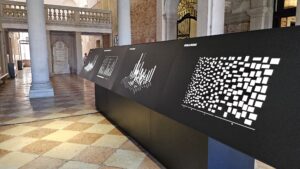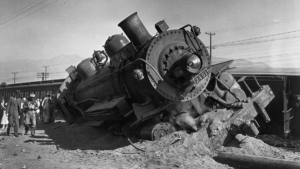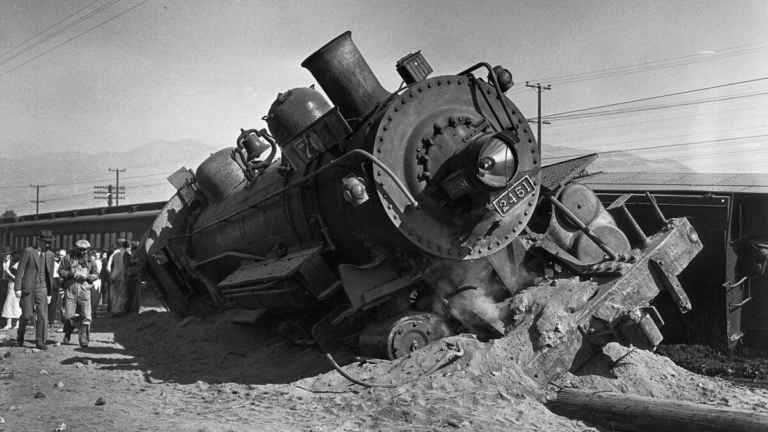A few days ago I posted a brief overview of Kanban (far from being the first time I post about it), and some of you reached out to highlight how the first principle, “Visualize the Workflow”, sounded a lot like “Use a kanban board”. A time will come when we’ll have to get into detail on how to set up and use a board. For now, let’s see a decalogue of what’s behind that first principle. Again, the board is just the tip of the iceberg.
- Visual Workflow Representation: the kanban board maps out the entire workflow, breaking it into distinct stages. Though sometimes it’s left to the team’s choice, I highly recommend that each stage is represented by a column, making it easy to see the status of tasks at a glance. Columns aren’t for team members nor tasks category. That’s what metadata are for.
- Task Visualization: cards are meant to represent individual work item which move across the columns as work progresses, providing a clear, real-time view of task status. Cards might have checklists or subtasks, so the level of granularity of each task is a choice to be made.
- Work in Progress (WIP) Limits: set limits on the number of tasks that can be in any stage of the workflow at one time. This helps identify bottlenecks and ensures a steady flow of work. As we have seen, we should limit the amount of work one starts without finishing it.
- Clear Policies: define and make visible explicit policies for how work is handled at each stage. This can include criteria for moving tasks between stages, handling blocked items, and prioritizing work. Do you remember the gates of approval in the Common Data Environment? Same principle.
- Transparency: ensure that all team members have access to the kanban board and can easily understand the current state of the workflow. This promotes shared understanding and accountability, and it’s super-crucial: the board isn’t some secret tool for the project manager to rule them all.
- Continuous Monitoring and Regular Maintenance: regularly review and update the kanban board to reflect changes in priorities or processes. It’s a dirty job, but someone has to do it. This ensures the board remains an accurate representation of the current workflow.
- Feedback Loops: incorporate regular feedback sessions, such as daily stand-ups or retrospectives, to discuss the workflow and identify areas for improvement, to help in maintaining the relevance and accuracy of the visualized work.
- Highlighting Blockers: clearly indicate any blocked tasks on the kanban board to ensure the team quickly identifies and addresses issues that are preventing progress.
- Flow Metrics: use visual cues and metrics, such as cumulative flow diagrams, to analyze and optimize the workflow. These metrics help in understanding the flow of work and identifying areas for improvement.
- Collaborative Updates: encourage team members to actively update the board as tasks progress to foster collaboration and ensures that the board reflects the most current information.
What aren’t you doing into your kanban board?







No Comments